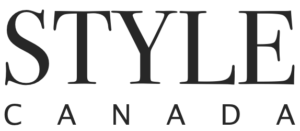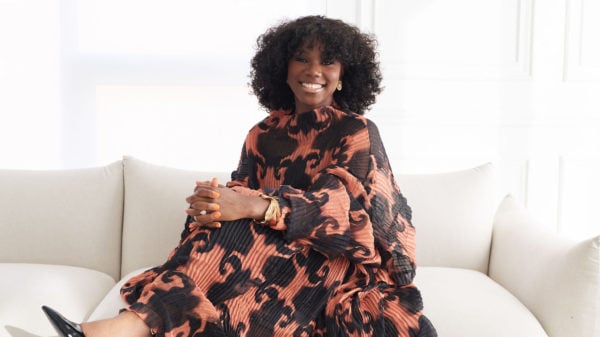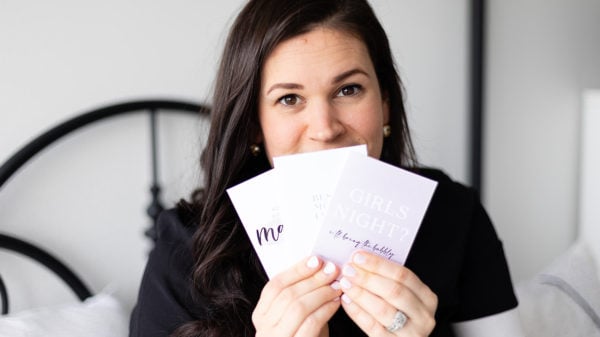Today, on National Indigenous People’s Day, Canadians we remember, recognize and celebrate the unique heritage and cultures of Indigenous Peoples. It is a day for us to listen and learn. Today, we sat down with Chelsee Pettit, founder of the aaniin retail inc.; to learn about her story and that of her company, aaniin.
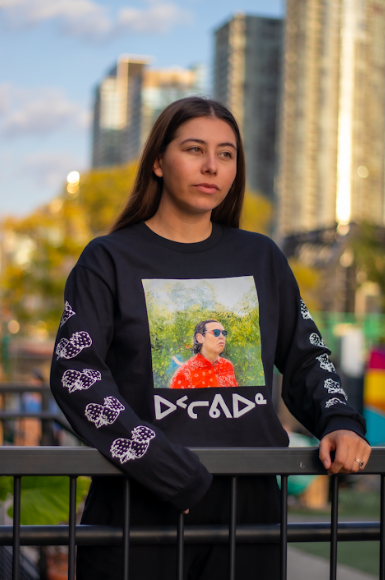
Photo credit: Ethan Verroen
Tell us a little bit about yourself.
My name is Chelsee and I am a member of Aamjiwnaang First Nation and grew up in Sarnia, Ontario. I didn’t take thetraditional approach others do – go to school then get a job. Instead, I started working at 18 and over a decade later, I have honed my skills, learned lessons along the way and now channel my experiences into empowering others.
This journey has led me to establish aaniin, a platform that celebrates cultural diversity and provides opportunities for success. In just two years, I have gone from working part time selling hats and sweaters at markets around Tkaronto to afull-time storefront location (at Stackt Market) in the heart of the city with over 35 vendors and designers under my brand.
What does aaniin mean to you?
aaniin is a platform to create visibility for Indigenous designers in an authentic way – reclaiming our stories and in turn our economy. Indigenous people have always been tradespeople, so in a way aaniin is going back to who we are at our core. Our brand slogan is every conversation begins with aaniin. So by taking back ownership of our designs and work, aaniin looks to help start authentic conversations through fashion.
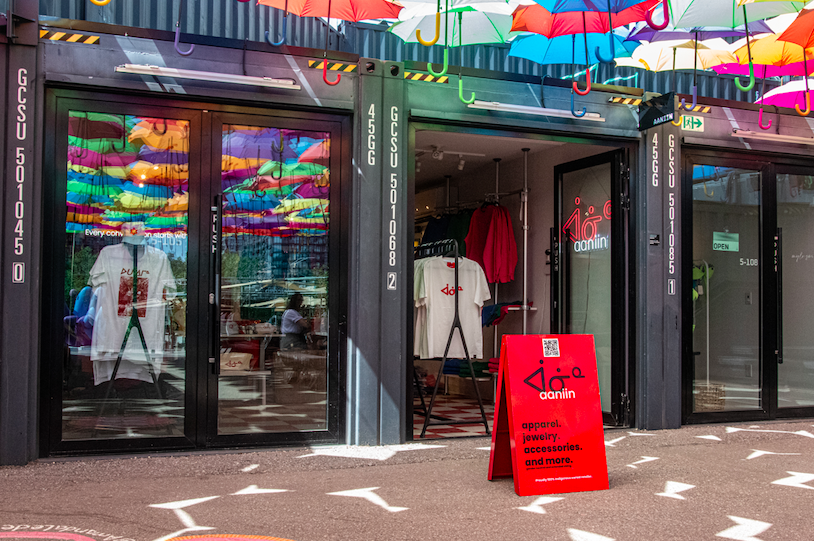
Photo credit: Robbie Harper
What inspired you to create the brand? What inspired its expansion into what we see today?
I founded aaniin as a streetwear brand in June 2021. One day walking downtown Tkaronto, I thought I saw someone wearing syllabics on their clothing – syllabics are an Indigenous writing source that many Indigenous communities across Canada and North America use. Walking closer, I saw it was just a triangle. In that moment though, I felt seen and included. That is what sparked the idea for aaniin.
I want to create that experience for other Indigenous people in the city. A space to feel seen and a community to celebrate Indigenous culture while providing visibility for Indigenous brands. I want to create an experience for Indigenous and non-Indigenous alike to celebrate culture, language and community in an urban setting.
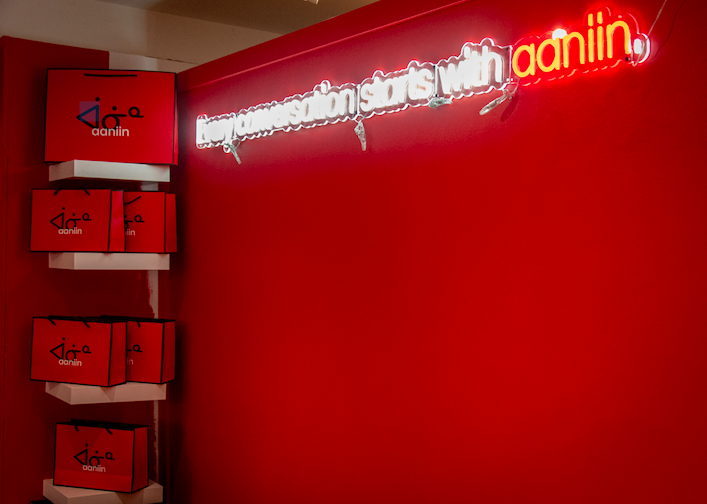
Photo credit: Robbie Harper
How does Indigenous culture influence your vision for aaniin?
aaniin offers a unique blend of traditional Indigenous elements and contemporary styles. With a curated selection of apparel, accessories, jewelry, and more, each item represents the Indigenous designer and brands, celebrating theirunique gifts while supporting Indigenous entrepreneurs.
Alongside our vendors, the aaniin house brand of apparel features Indigenous syllabics and language to start aconversation and promote visibility. Each product from the aaniin house brand features a QR code (and, in some new collections, an NFC tag) that can be used to visit a page on our website that explains the design, translation and meaning.
Tell us a few of your favourite brands that we can find at your store.
The latest additions to my store are from Section 35, Mobilize, Mini Tipi and an expansion to our offerings from Lesley Hampton (which also includes personal styling appointments with Lesley herself). Overall, every brand in my store is amazing, I can’t pick one. Every single shirt, make-up product, accessory is unique to each creators’ culture, perspective, knowledge and tradition. There is meaning behind each design.
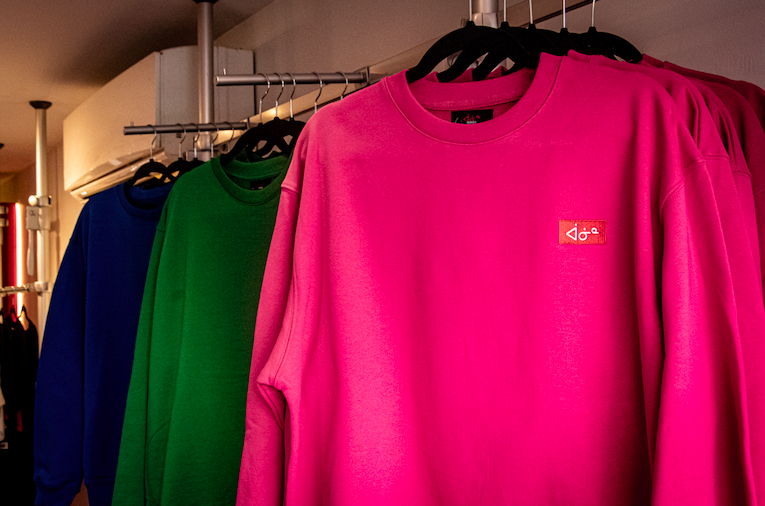
Photo credit: Robbie Harper
What is the biggest thing you have learned since starting aaniin?
There is a significant lack of infrastructure available for a business like mine that seeks to have Indigenous representation throughout the supply chain. The barriers that have historically impeded marginalized groups from succeeding in the business world need to be overcome so that we can thrive in the modern Canadian economy. There are many obstacles that Indigenous entrepreneurs have to face, including a prevailing view that we should not profit from the hardwork that we put in. Seeing these obstacles first-hand has taught me how far we have to go to create real change anddisrupt the system.
What does 2023 have in store for you and the store?
Our highly anticipated launch date is set for June 10 at Stackt Market in Tkaronto. This is only the beginning of our journey to becoming Canada’s first Indigenous department store. For those outside of Tkaronto, visit aaniin.shop to learn more. I’m at Stackt Market for two years and my goal is to expand into malls across the country in thenext five to seven years.

